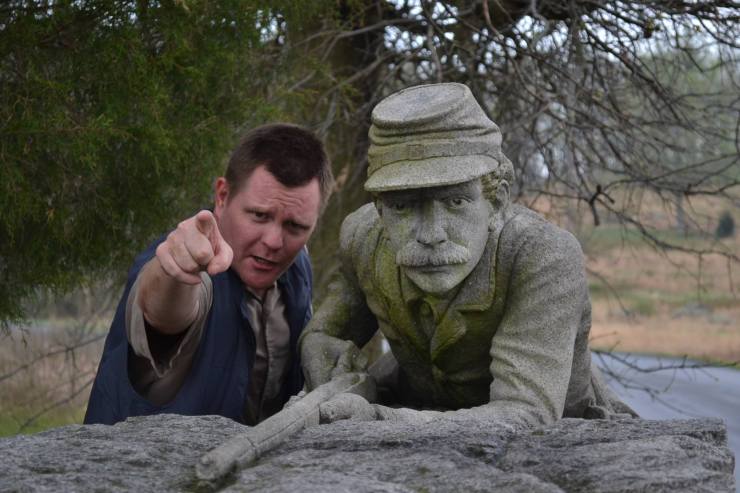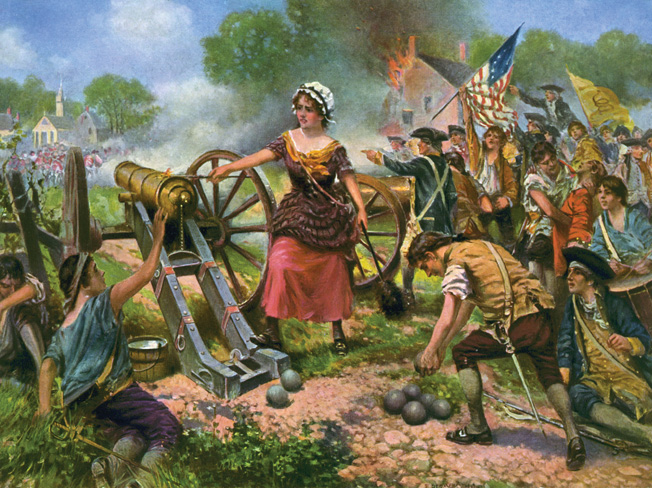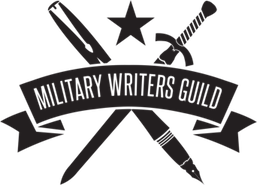There are many iconic images in U.S. military history: Washington crossing the Delaware, the surrender at Appomattox, troops landing on Omaha Beach, to name a few. But few paintings or photographs have managed to capture one of the most significant weapons in the U.S. arsenal: the knife hand.

Able to cleave the air with a thunderous blast of justice while projecting command aura, the knife hand serves as one of the single most effective weapons for modern U.S. military leaders. Indeed, new recruits into the U.S. military are greeted by knife hand-wielding drill sergeants, inspiring fear, respect, and awe. The knife hand can be used to discipline wayward troops, drive a point home during a briefing, or to direct the firepower of America’s finest in combat. It is no stretch of the English language to say that the knife hand has done more for the U.S. military than when they started putting the Skittles packets in MREs. But where did this monumental motion come from?
The origins of the military knife hand are shrouded in mystery and legend. As with all important facets of history, scholars are divided on the subject. Some say that it dates from the American Civil War. In its original form, the knife hand was known as the doigt de guerre, seen in the image below, in a historical recreation of that gesture employed by Capt. Canastadus Rufudus of the First Georgia Fusiliers (light). This gesture was inherited from the French military tradition.

Unfortunately, the doigt de guerre proved difficult to see in the era of black-powder musketry, so the revised System of Infantry Tactics by Brig. Gen. Silas Casey established the knife hand in its current form, as noted in “Title Fourth, School of the Battalion Part First, Article Third, couteau à main:
“The hand, dexter, shall be formed as of a plane, inclined so the distal side of the hand is perpendicular to the ground. The hand shall be raised smartly to an angle of 45 degrees and, through rapid vigourous motion, be brought down in a series of strokes viz a trebuchet.”
The couteau à main was quickly adopted by the Federal Army who had, without the benefit of the knife hand, gone through a rapid succession of commanding generals before Lt. Gen. Grant’s staff implemented it as a means of communicating orders. Grant would often keep his knife hand holstered at the ready as seen in the below photograph, using a popular military pose as a sheath for his deadly weapon. This procedure was widely adopted as can be seen in many surviving images of Civil War Soldiers to this day.

However, some scholars believe that the knife hand comes to the U.S. military from the Prussian tradition. It was during the Seven Years War that a young Second Lieutenant Friedrich Wilhelm von Steuben first used the messerhand to direct his troops during the Battle of Prague. Some say that his time as aide-de-camp to Frederick the Great further enforced his belief that the use of the messerhand could be used not only in combat, but in instruction as well. In 1777, when von Steuben – now bearing the title of “Baron” – arrived in the United States, he brought his theory of the messerhand with him.
During the grim winter at Valley Forge, Baron von Steuben began a training regimen for the Soldiers of the Continental Line. Often frustrated by the language barrier, von Steuben would demand for someone to translate his profanity into English. However, the Prussian officer did find one thing that exceeded the bounds of simple language: the knife hand.
As we read in a letter from a young Pennsylvanian officer in 1778, “Brite and early today, We stood to for Drill, the Colde pierced my Bones, but then we did see the Prussian noble, and unleasheth he a Mighty Hand, borne aloft with a Precise and Dread Purpose. Even as unto the Maker shall I never forget the swift Fury and Exactness with which he did upbraid us, as the way the Creator of the Universe set all in His Image. Strange to tell, my feeling of chill vanished away when his Hand did stab in my face and all was replaced with a Fierce and Fiery feeling of Awe.”
Because of von Steuben’s regimen of training – as well as the knife hand that he had empowered them with – the Continental Army was able to go into battle in 1778 equipped with the tools needed to stand toe-to-toe with the British Redcoats. Because of the knife hand, American gained its independence from England. From then on, the knife hand entered into unwritten U.S. military doctrine.

Of course, the knife hand could have merely developed out of the habitual need to brandish something. And since officers and non-commissioned officers may no longer use a sword, saber, riding crop, or spontoon to point at things, the knife hand has rapidly come into vogue, a pattern beginning after World War II.
Whatever its origins, the knife-hand has left its imprint on the U.S. military. Its use has come under some criticism lately, as being too harsh. However, used at the correct time and place, the knife hand is still a crucial weapon, whether on the battlefield under fire or when keeping colonels awake during a 3 hour staff meeting. The knife hand: don’t leave home without it.
About the authors:
Emo Mutz, PhD is professor emeritus of sasquatch military doctrine at the Carrhae Institute.
Angry Staff Officer is an Army officer who is adrift in a sea of doctrine and staff operations and uses writing as a means to retain his sanity. He also collaborates on a podcast with Adin Dobkin entitled War Stories, which examines key moments in the history of warfare.




Ironically, given its devastating combat effectiveness during the revolutionary war, it may have British origins; it is currently taught in the UK under the guise of the “Sandhurst Chop”, although the action of wielding a hand in command rather than pointing goes back centuries; Shakespeare makes reference to it in Henry V: “Then forth, dear countrymen: let us deliver
Our puissance into the hand of God,
Putting it straight in expedition.
Cheerly to sea; the signs of war advance:
No king of England, if not king of France.” – the allusion to the “hand of god” “straight in expedition” in regards to commanding the logistics of conquering France is so trivially obvious to not require further inspection.
(Joking aside, the Sandhurst chop is taught because “it’s rude to point”!)
LikeLiked by 1 person
Also Known as the “Pie Cutter” in the Canadian Forces.
LikeLike
I would like to shake the hand of the savant that penned the first sentence! Kudos. I was laughing for a minute!
LikeLike
Clearly, General Grant had found a means to escalate the power of the knife hand as, in the photograph, he is sheathing his “sinister” hand in conflict with the regulation expounded in “Title Fourth, School of the Battalion Part First, Article Third, couteau à main.” (edged weaponry is sheathed, BTW, not holstered.)
LikeLike